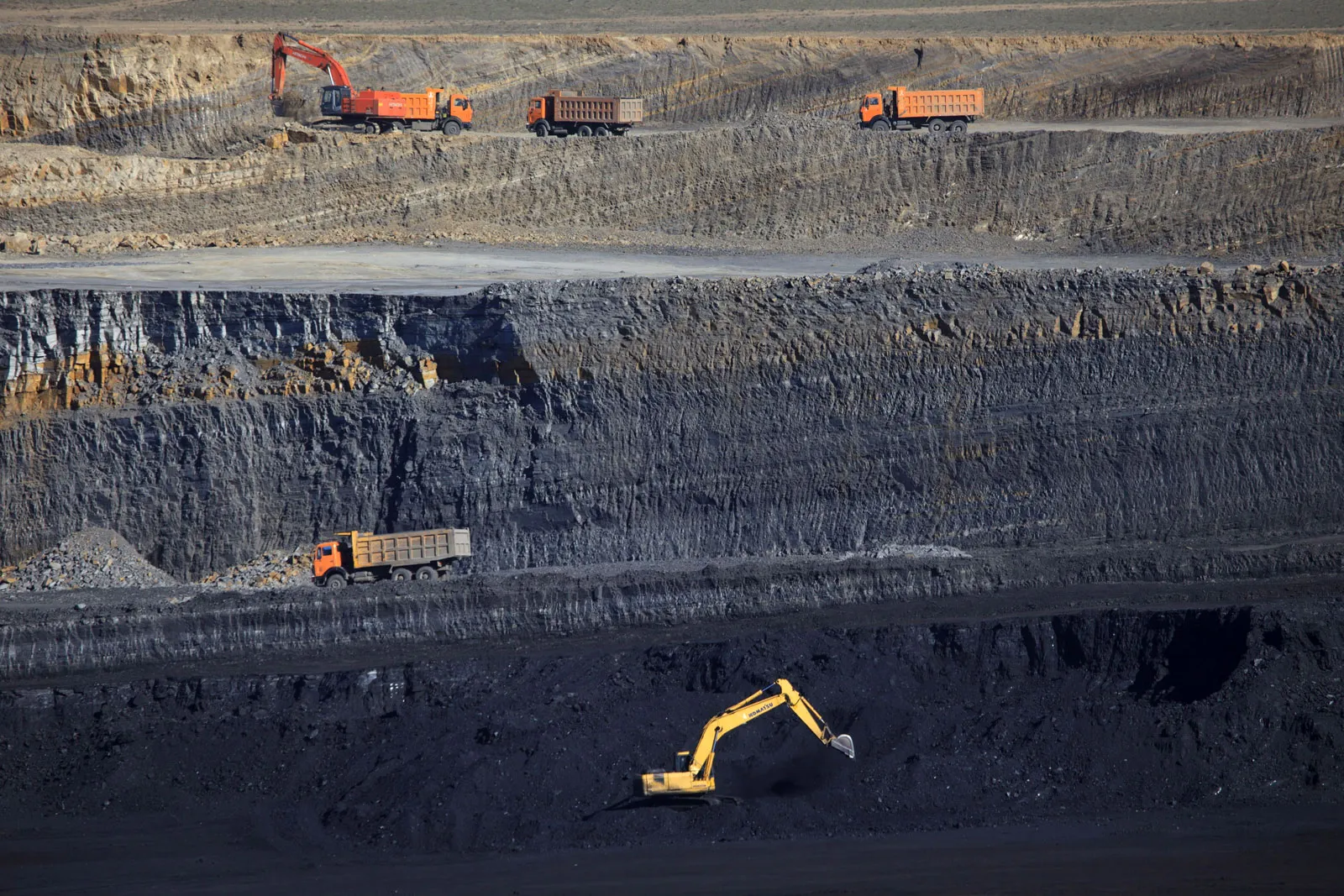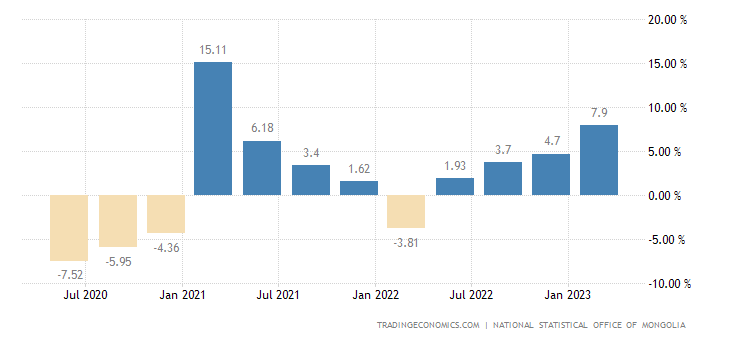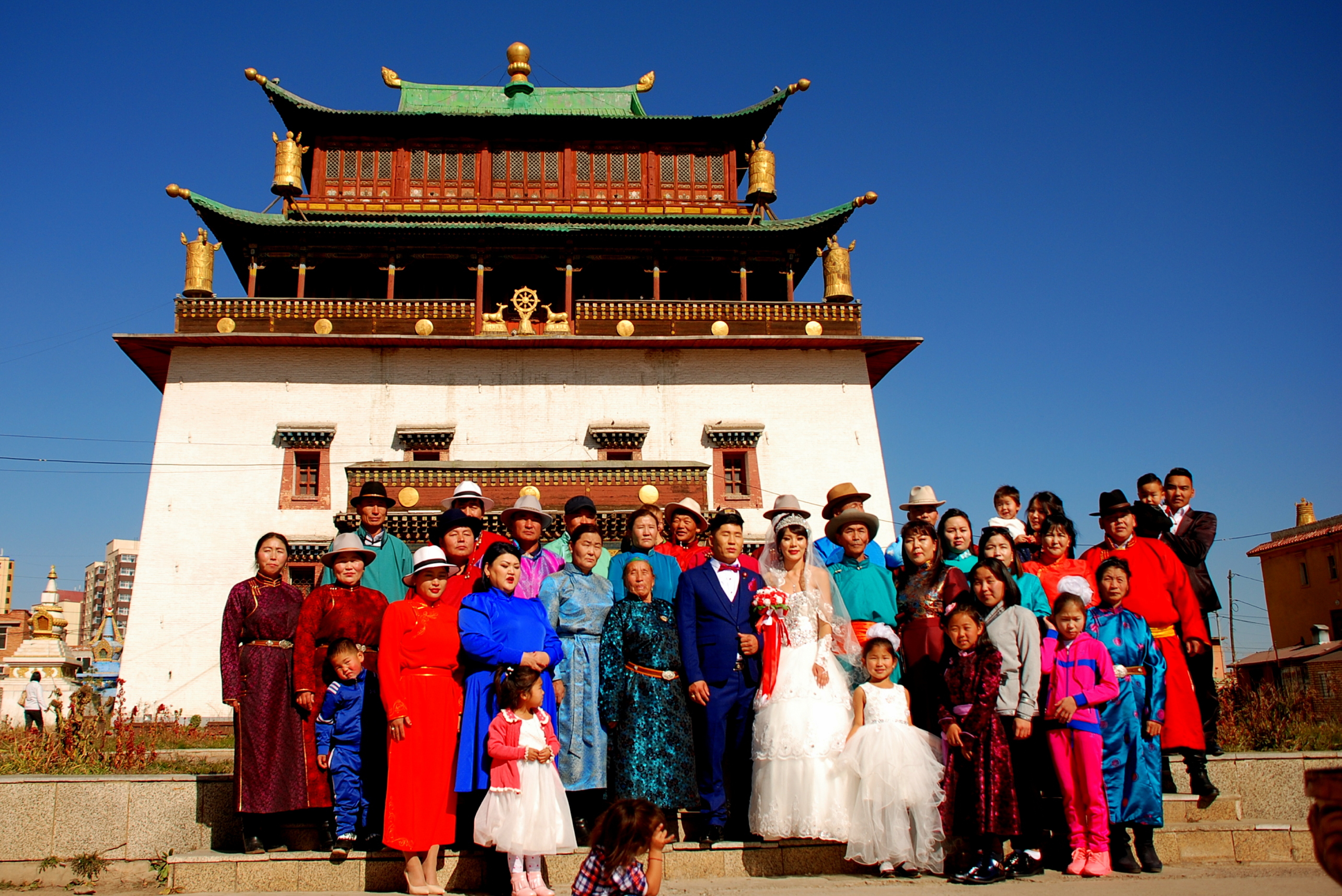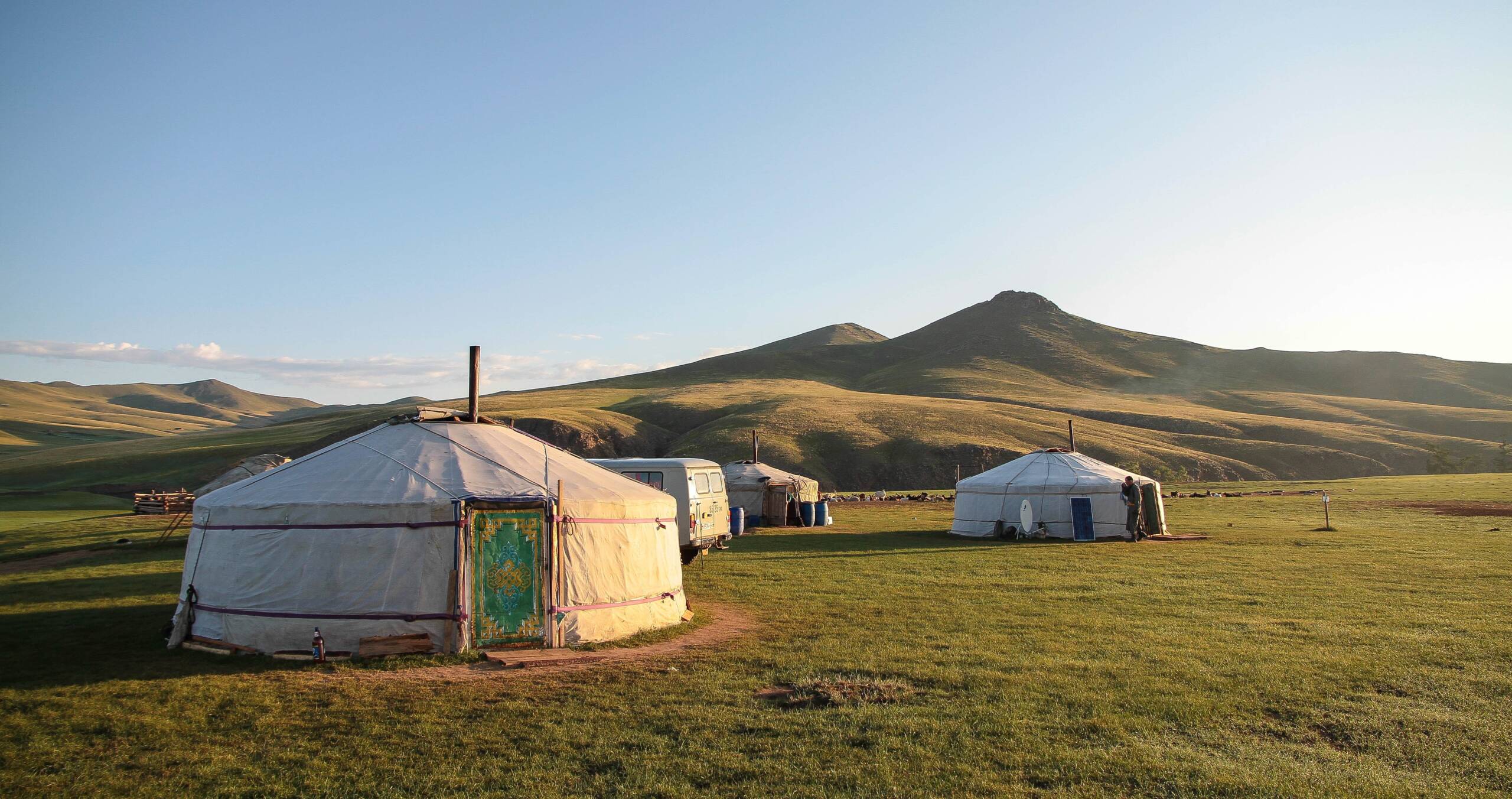Mongolia: a country in enormous growth thanks to coal

High commodity prices and rising coal exports are driving economic growth in Mongolia, enabling the country to develop its robust mineral resources, expand its service sector, and invest in green agriculture and energy. This is well shown by an analysis by the Oxford Business Group .
Mongolia exported 31.7 million tons of coal in 2022, an increase in volume of 102%, or 16 million tons, compared to 2021 and an increase in export revenues of 135%, or $6.5 billion , due to rising coal prices, according to data from the Mongolian General Administration of Customs.
These figures supported economic growth of 4.7% in 2022, with Mongolia projected to grow at 5.2% in 2023. In the last quarter, GDP fell by a phenomenal 7.9% year-on-year!!
As the largest landlocked country in the world, Mongolia depends on China for about 80% of its exports, 60% of its imports, and 40% of its GDP. It exported 29.8 million tons of coal to China in 2022, a 104% increase from 2021, and accounted for 94% of Mongolia's total coal exports.
China's economic recovery in the first quarter of 2023 is allowing Mongolia's cross-border trade with its southern neighbor to return to pre-pandemic levels. Mongolia exported 13.8 million tons of coal – of which 13.5 million went to China – from January to March, for a total of $2.2 billion, up 232.2% year on year .
In February, Mongolia also began conducting coal trading contracts through auctions on the Mongolian Stock Exchange, ending the practice of direct contracts with foreign buyers. Using so-called border prices that take into account transportation costs, the new e-commerce platform brings transparency and ease to the coal export process.
New rail connections
The recovery in coal exports has catalyzed the construction of new railway projects to connect the country's mines to the Chinese border.
Last September, Mongolia inaugurated a 233 km railway from the Tavan Tolgoi coal seam to the Chinese border which will have the capacity to transport 30 million to 50 million tons of coal to China annually and reduce transportation costs from $32 per ton using truck delivery at $8 per ton.
In November, the country commissioned the railway link from Zuunbayan to Khangi to carry coal, iron ore and other bulk products, including from the Oyu Tolgoi project of multinational mining company Rio Tinto.
Several other shorter rail projects are also intended to facilitate cross-border trade with China.
For example, construction on a 7.1km railway from the Mongolian border point Shivee Kuren to the Chinese border began in May, which is expected to be completed by October and will facilitate shipments of coal and copper.
Two other shorter border links – from Gashuun Sukhait in Mongolia to Ganqimaodu in China and from Khangi to Mandula in China – have also been mostly completed and will further facilitate cross-border trade.
The construction of new railways is part of a larger strategy to connect Mongolia to the wider region.
In May 2023, China and Mongolia agreed on a series of transportation and economic initiatives to strengthen Mongolia as a trade route for China-Russia trade. Mongolia accounts for about 90 percent of China-Russia freight transport, making a trinational economic corridor a key segment of Beijing's Belt and Road Initiative.
Mongolia relies on Russia for electricity, gasoline, jet fuel, liquefied petroleum gas and diesel, about 60% of which comes from its northern neighbour. With prices peaking from 2021, stronger ties to its main energy supplier could improve its deficit.
Since 2019, negotiations have been underway for a second pipeline from Russia to China, the 2600 km Power-of-Siberia 2, which would involve transit tariffs to Mongolia, as well as a pipeline from Russia to China through its territory.
Diversification efforts
In recent years, Mongolia has taken steps to improve its internal infrastructure to diversify its mining-based economy. Between 2016 and 2020, the government built a highway system linking all 21 provinces to the capital Ulaanbaatar.
Western sanctions on Russia following its early 2022 invasion of Ukraine have led to difficulties importing key supplies, including food, as well as the loss of valuable air navigation fees as airlines previously flying over Russia and Mongolia between Europe and Asia were forced to fly over the North Pole or along a more southern route.
The conflict has caused a substantial increase in food prices, including basic necessities such as rice and flour, essential products for the country's farmers.
To address food insecurity and diversify its economy, the government wants to encourage more foreign investment from China in non-mining sectors.
In May Tuvdendorj Gendendorj, deputy minister of economy and development, called for more investment in agriculture, including meat processing, dairy goat farming and cashmere goat farming, as well as tourism.
The agricultural sector achieved a seven-year high of 12% growth in 2022, supported by favorable weather conditions and an increase in livestock slaughter. The sector is expected to grow by 0.9% in 2023, 5.5% in 2024 and 5.5% in 2025.
China may have incentives to invest in Mongolia's agribusiness sector given its growing demand for meat.
The services sector, especially hospitality, tourism and entertainment, also enjoyed a strong rebound in 2022 from the easing of pandemic restrictions to achieve 5.5% growth in 2022, up from 3.9 % in 2021, with growth expected to remain above 5.1% through 2025.
Investments in sustainability
Mongolia is also looking to leverage green agribusiness initiatives to address long-term food security. The Asian Development Bank (ADB) approved a $448 million investment program in March to support green and inclusive development.
The program seeks to promote a transformative model for green land development and green urban-rural linkages, with secondary cities becoming anchors of climate-smart agricultural enterprises promoting sustainable, resilient and low-carbon rangeland management. Pastures cover over 82% of the country and are vital to the livestock industry.
Another pressing concern is the intensification of dust storms originating in the Gobi Desert, caused by deforestation and higher regional temperatures. With China and Mongolia both suffering, the two countries agreed to form a joint research team to study the problem this summer.
However at this time Mongolia's development is still tied to its enormous wealth in hard coal.

Thanks to our Telegram channel you can stay updated on the publication of new articles from Economic Scenarios.
The article Mongolia: a country experiencing enormous growth thanks to coal comes from Scenari Economici .
This is a machine translation of a post published on Scenari Economici at the URL https://scenarieconomici.it/mongolia-un-paese-in-enorme-crescita-grazie-al-carbone/ on Fri, 04 Aug 2023 05:30:10 +0000.




